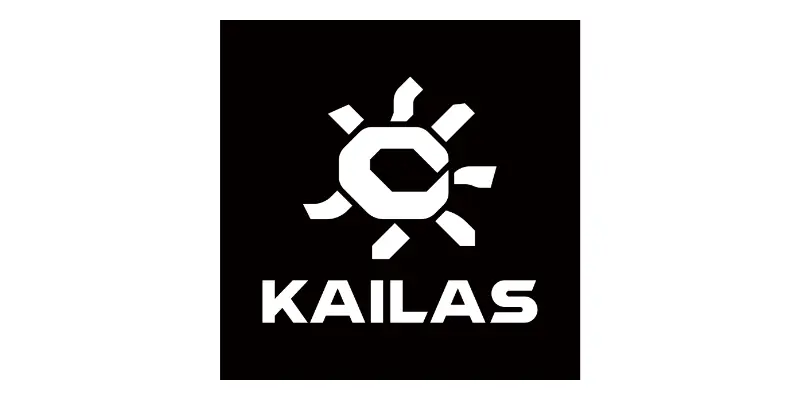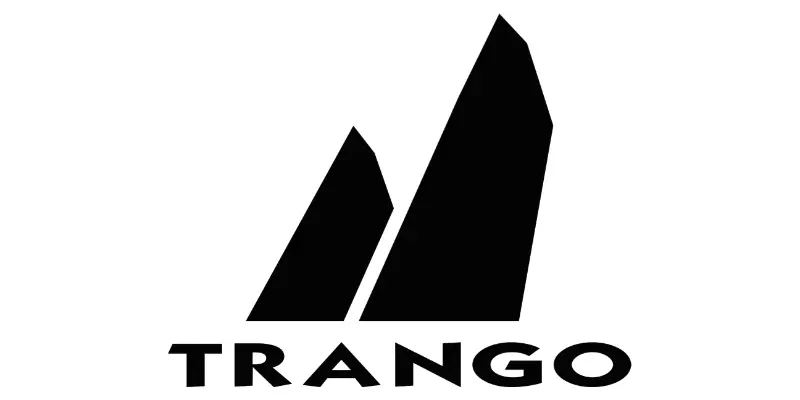As the first event of the new Para Climbing 2025 season approaches, we take a quick look at some things you may need to know
If you haven’t seen Para Climbing before, or if you just need a reminder, here are some answers to some other questions that can help guide you through the events.
What are the 2025 Para Climbing events and where are they?
There will be three IFSC Para Climbing World Cup events in 2025 and a World Championships. First up will be Salt Lake City, USA for a World Cup on 20-21 May. The second event will be in Innsbruck, Austria on 23-24 June. The para climbers then head to Seoul, South Korea for the World Championships on 20-25 September before returning to Europe for the third and final World Cup of the year in Laval, France on 24-26 October.
What disciplines do they do?
At the moment all Para Climbing events are Lead events.
What is a Sport Class?
A Sport Class is essentially a category that groups athletes based on their disability or its impact. The purpose of sport classes is to ensure fair competition among athletes by minimising the impact of the impairments on the outcome of their sport performance.
How many Sport Classes are there?
In total there can be 20 (10 for men and 10 for women). Not all events will feature all 20 categories, and this will be based on registrations and entries.
What are the Sport Classes?
This is a big topic, but we can start with a very, over simplified explanation from Sebastian Depke, the Chair of the IFSC Para Climbing Commission.
“When I commentate the very simplest explanation I start with is that Para Climbing is broken down into three categories; visually impaired, limb deficiency, and limited power or mobility.”
Sebastian then goes into more detail and clarifies the categories.
The classes are marked with a code. Two letters and a number. The letters relate to the three categories mentioned above and the number indicates the severity of the disability. The lower the number, the higher the impairment.
The letters: B (visually impaired), AL/AU (limb deficiency), and RP (limited power or mobility)
The numbers: 1, 2, and 3
Let’s look at the classes in more detail
B; stands for ‘blind’ - but is better explained using the term ‘visually impaired’. Athletes have limited visual field and/or visual acuity.
B1 = totally blind, for this category the climbers are totally dependant on the guide instructions (the guide is the person who describes the route to the climber on the wall)
B2 = limited vision, the climbers will have a mix of limited sight and what the guide tells them to climb the routes
B3 = more vision than B2, again the climbers will mix their sight with the guide instructions
Some rules for the B category climbers:
The guide has to use a radio linked to the climber’s headphones for instructions to not to distract others
B1 athletes climb with a blindfold to ensure total equality. So, if you see a climber with a blindfold, you know they have no sight at all.
AL; stands for ‘amputee, lower limb’ – again, a better explanation would be limited use of lower limbs
AL1 = total loss, or no function in both legs
AL2 = loss, or limited function in one leg
Note: A characteristic of AL1 is that everyone campuses
AU; stands for ‘amputee, upper limb’ – again, a better explanation would be limited use of upper limbs
AU2 = no wrist joint, functioning elbow joint
AU3 = missing finger joints or limited hand function, functioning wrist joint
RP; stands for ‘range and power’ – this can be physiological or neurological, so there will be a wide variety of disabilities which you may see, or you may not
RP1 = severe loss of range or power
RP2 = high to medium loss of range or power
RP3 = low loss of range or power
Are there any other things we should know about Para Climbing?
The aim of the Sport Classes is to ensure that the climber who brings the best performance in comparison to their impairment is rewarded.
A difference between a Lead World Cup and a Para Climbing World Cup would be the climbing system. At a Lead World Cup, the climber carries the rope up clipping through quickdraws as they climb; in Para Climbing, the climber is on top-rope for safety reasons and there are no quickdraws to clip in or out.
Another note would be the use of prosthetics. There are no rules for the use of prosthetics, so it is down to the climber’s choice. You can use them, but you don’t have to.
This is meant as a simple guide for Para Climbing from the IFSC and with the help Sebastian from the Para Climbing Commission, for all the correct terminology and more in-depth procedures and policies go to the https://www.ifsc-climbing.org/para-climbing/index
News and updates about all IFSC events will be available on the IFSC website, and on the Federation’s digital channels: Facebook, Instagram, LinkedIn, Threads, TikTok, X, YouTube, and exclusively for the Chinese audience, Douyin, Weibo, and Xiaohongshu.




